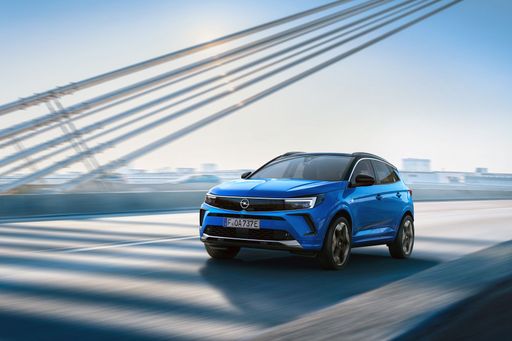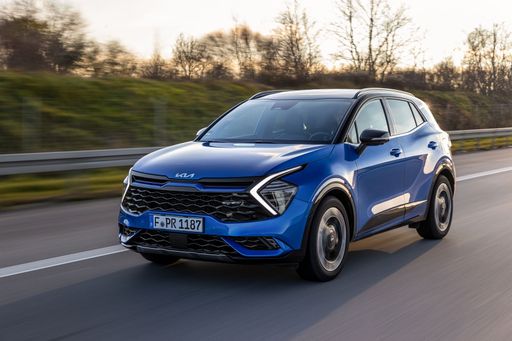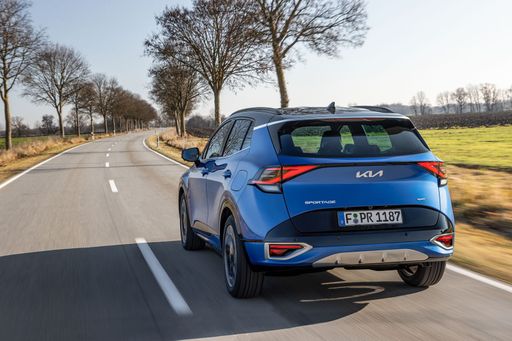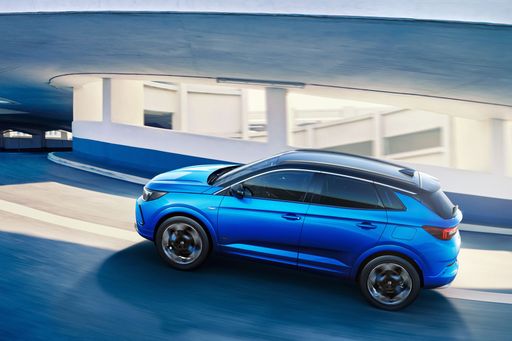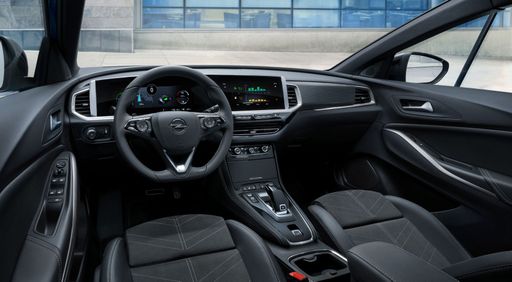Introduction
In the realm of modern SUVs, two contenders stand out: the Kia Sportage and the Opel Grandland. Both vehicles offer a compelling combination of style, performance, and technology, but which one truly reigns supreme? This article delves into the technical aspects and innovative features of each model for 2024, providing a comprehensive comparison to help buyers decide.

